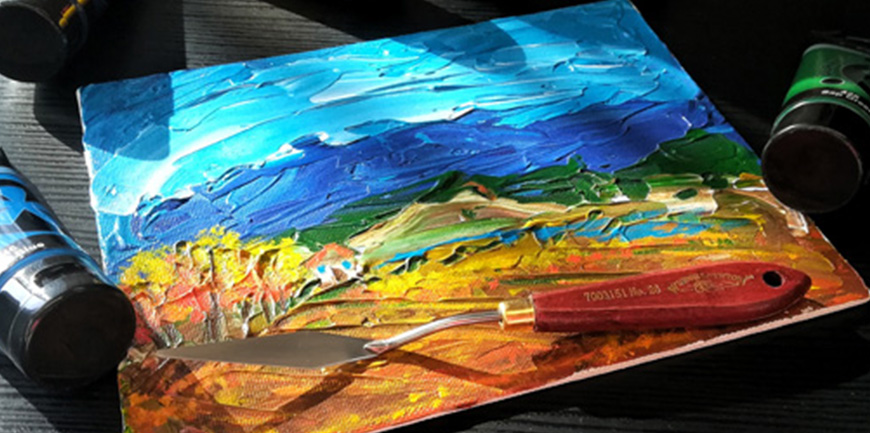
How can we smash this thing called the artist’s block into a thousand pieces and then use those same pieces to create a masterpiece?

How can we smash this thing called the artist’s block into a thousand pieces and then use those same pieces to create a masterpiece?
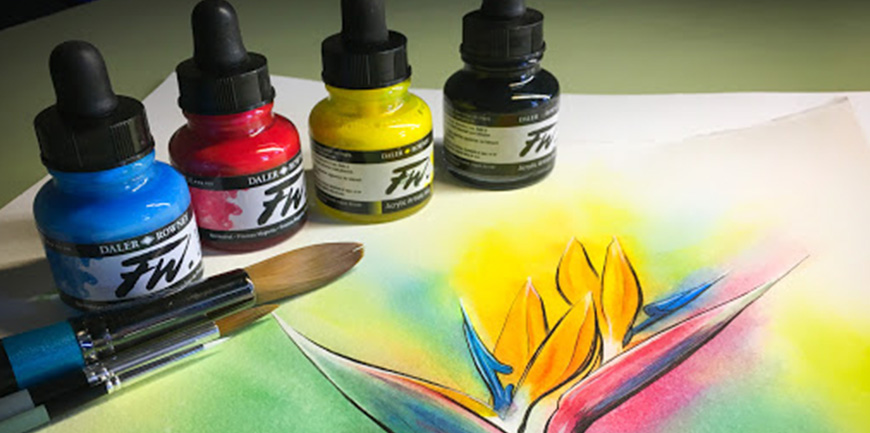
Firstly let’s get the CMYK acronym out into the open – it stands for Cyan, Magenta, Yellow and Black. Yes, I know ‘black’ is with a ‘B’ so why not CMYB? Well, ‘B’ is already used for ‘Blue’ in RGB, so it would be confusing. The ‘K’ apparently stands for Key (or perhaps its just the last letter of black… who knows). CMYK is the standard in the printing industry, and pretty much most of what you see these days, by way of printed media, is CMYK. Anyone who’s ever owned a colour inkjet printer is sure to recall buying ink cartridges in those four colours, with which you could print almost anything – even full-colour photographs.
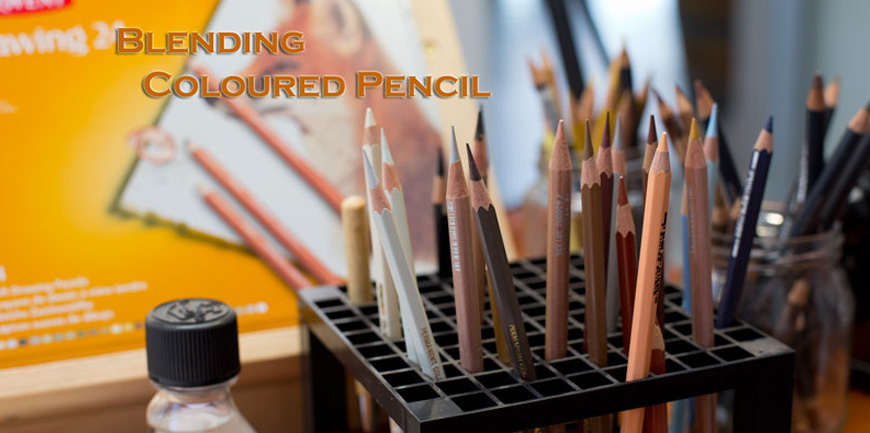
Coloured Pencil seems like a medium anyone should be able to master quite easily. It is – aside from crayons – most probably one of the first mediums you were introduced to as a child. It’s simple right – buy a set of 120 colours (how many can one possibly need anyway), get a good quality paper and TADA! You are all set to be a coloured pencil genius.
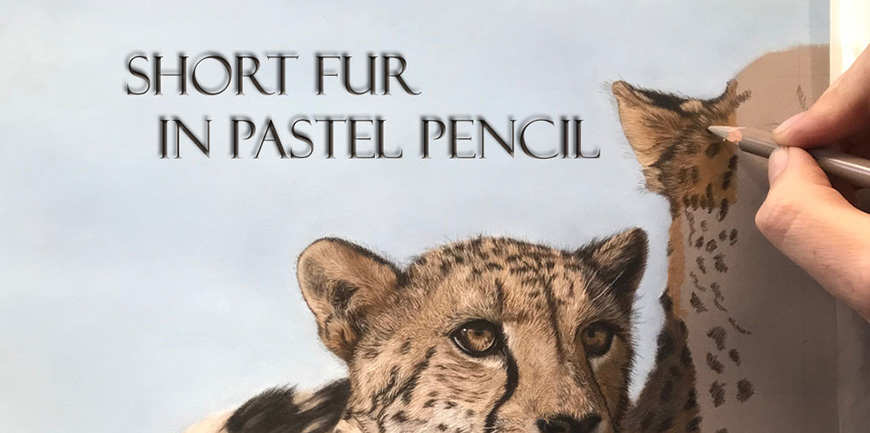
It’s probably the scariest three-letter word out there if you are just starting out in drawing realistic animals. I remember looking at fur and thinking it couldn’t be too hard. Just a bunch of lines right?
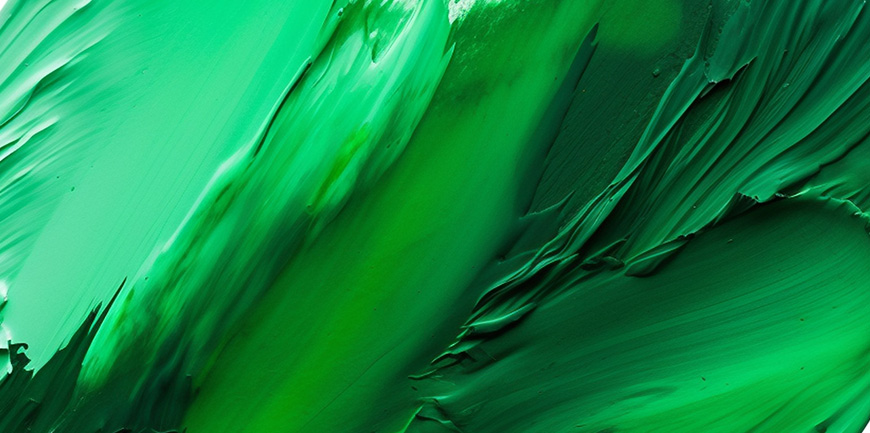
This may seem self-evident, but many beginners try to avoid this learning curve. Often tube colours are used without adjusting them very much. This can lead to unfortunate colour choices in your paintings.
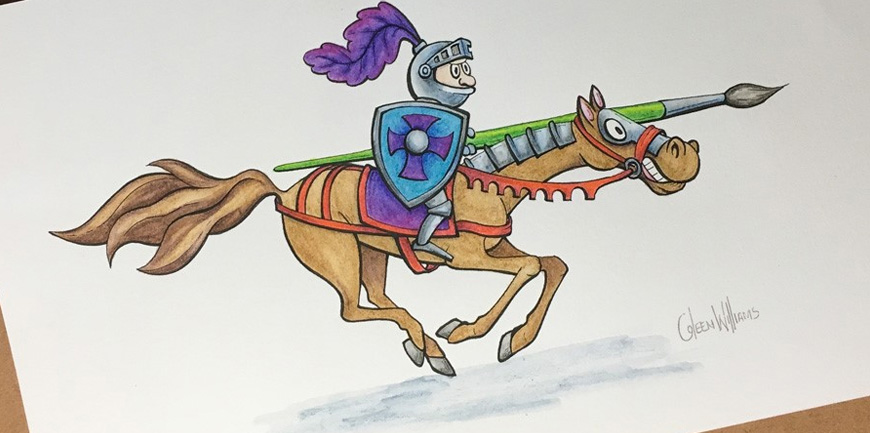
As some of you may know from a previous post of mine, I have only quite recently (over the past year) rekindled my love for creating art after a gap of about twenty years. Not twenty planned years of taking a break from art, but just twenty years where life happened… and art didn’t.
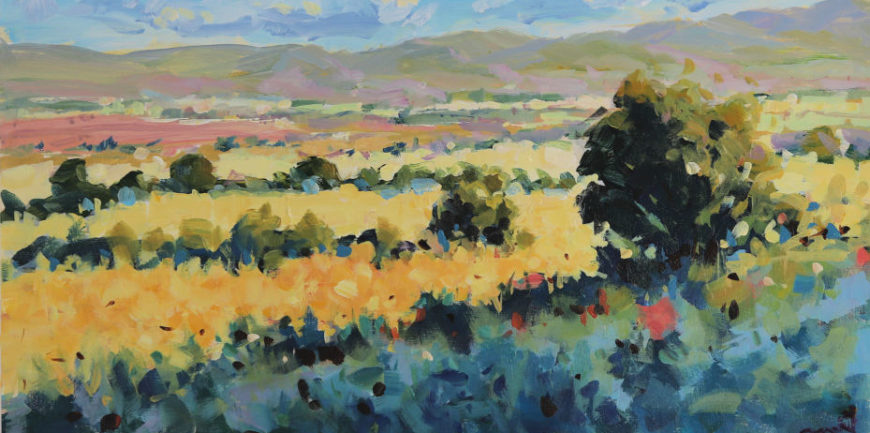
As an artist using acrylics, you know how versatile the medium is. The quick drying nature of acrylics. The ability to paint on many surfaces. No cracking. Vibrant colour. But acrylics have their little quirks too.
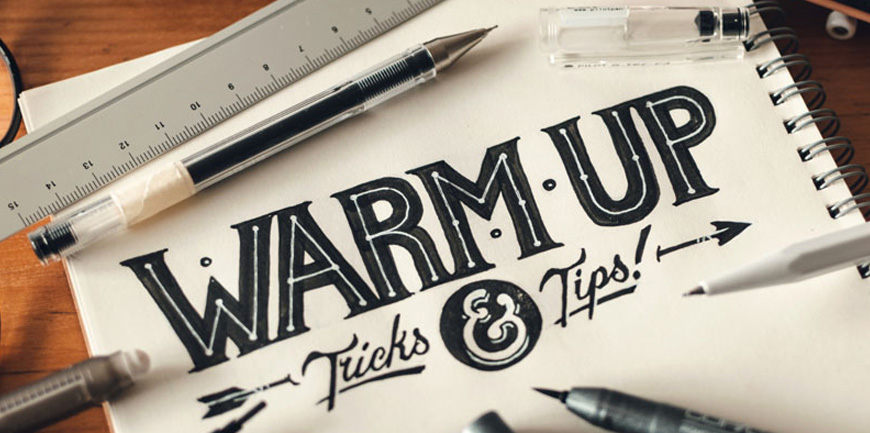
Not unlike in fitness, warming up before you tackle a piece of art it can be greatly beneficial to help stretch your creative muscles and warm-up first. Those creative muscles can be both physical and mental, so here are a few quick and painless ways of getting in the groove.
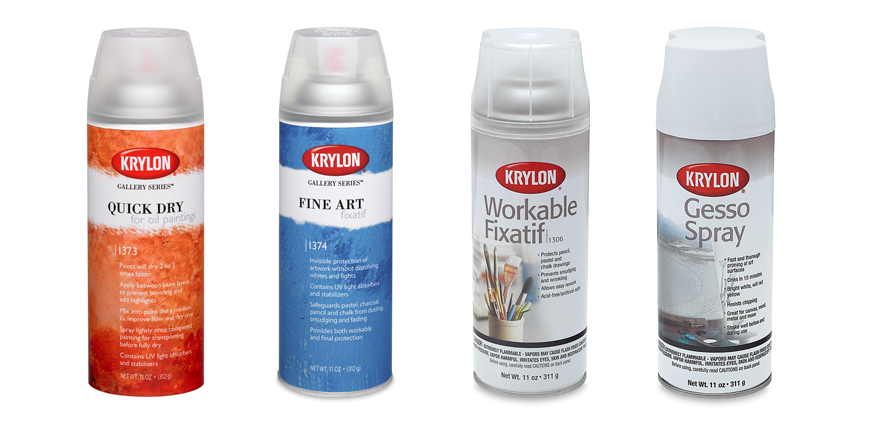
I must confess that I am old school when it comes to any form of spray paint. Sorry Banksy, but that graffiti thing does not work for me. Give me tubes of paint, brushes and a painting knife and throw away the key. I am happier that way. But I have been converted. At least in part when it comes to saving time and efficiency. After getting my hands on a range of Krylon sprays I have found a few new materials for my studio.
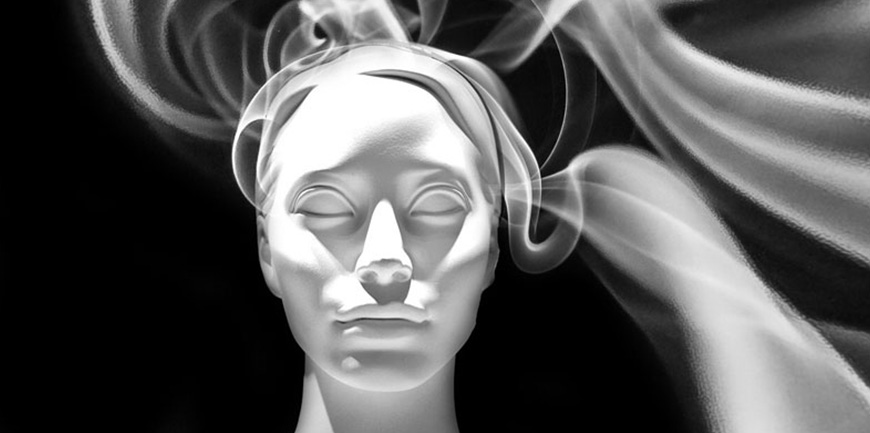
Before I became an artist I was a full-time photographer – also art, just a different genre! I loved photographing weddings and enjoyed the adrenaline rush of being in the moment and capturing the emotions and smiles. But the wedding was just the starting point and the real work was the hours spent behind a screen to edit and sort and prepare the images. I quickly found that just working tired my mind quickly and I would soon struggle to really focus on the job at hand.